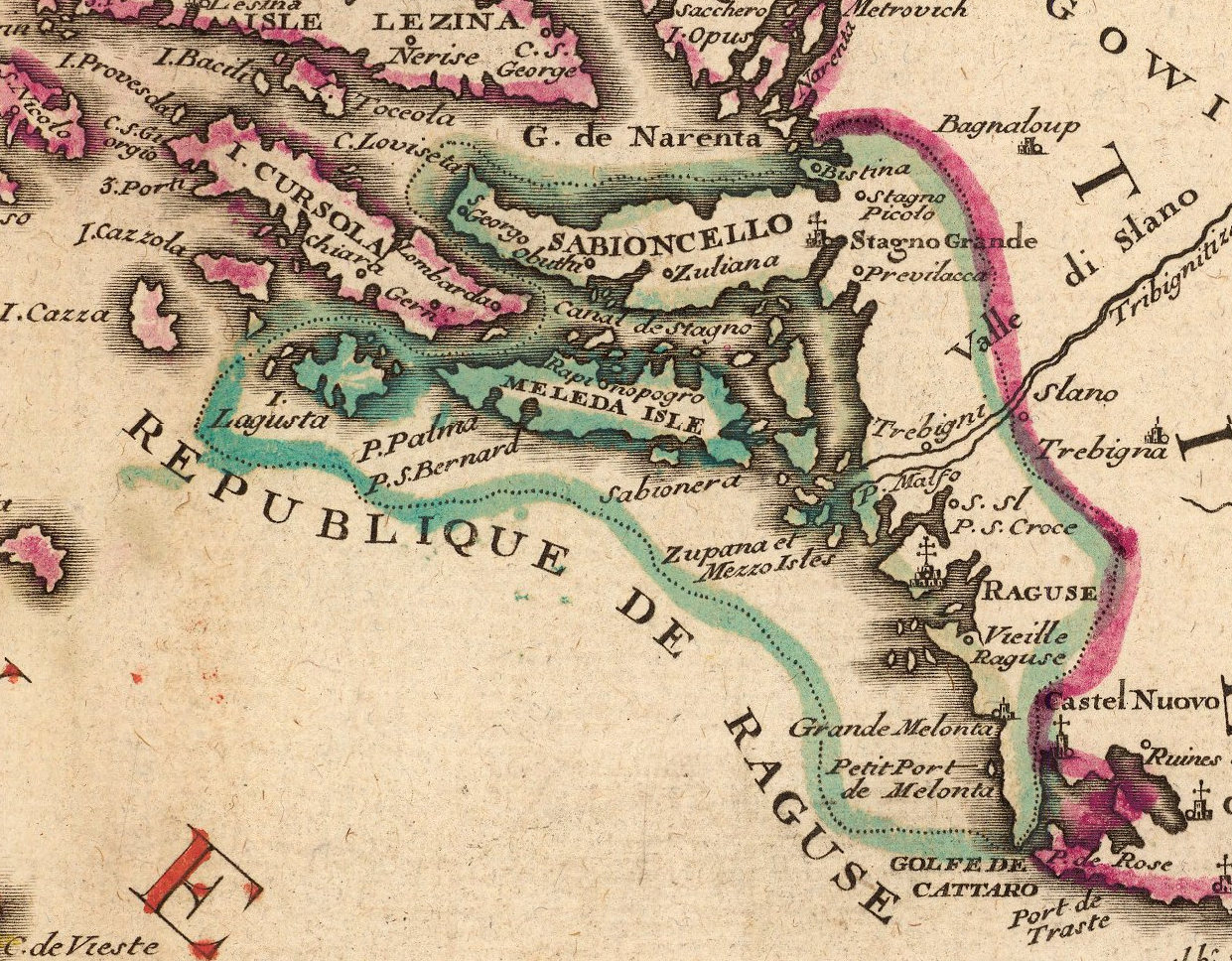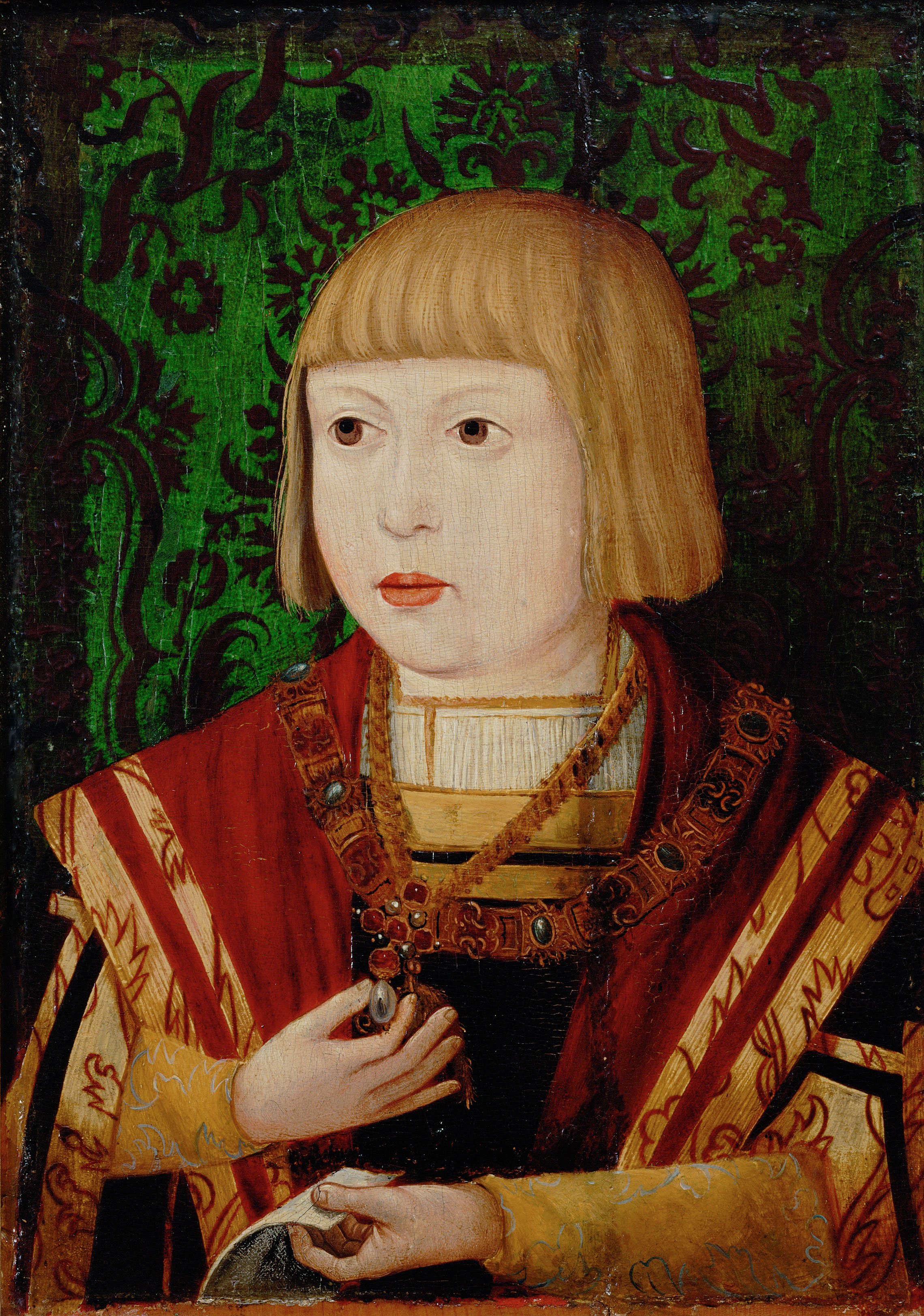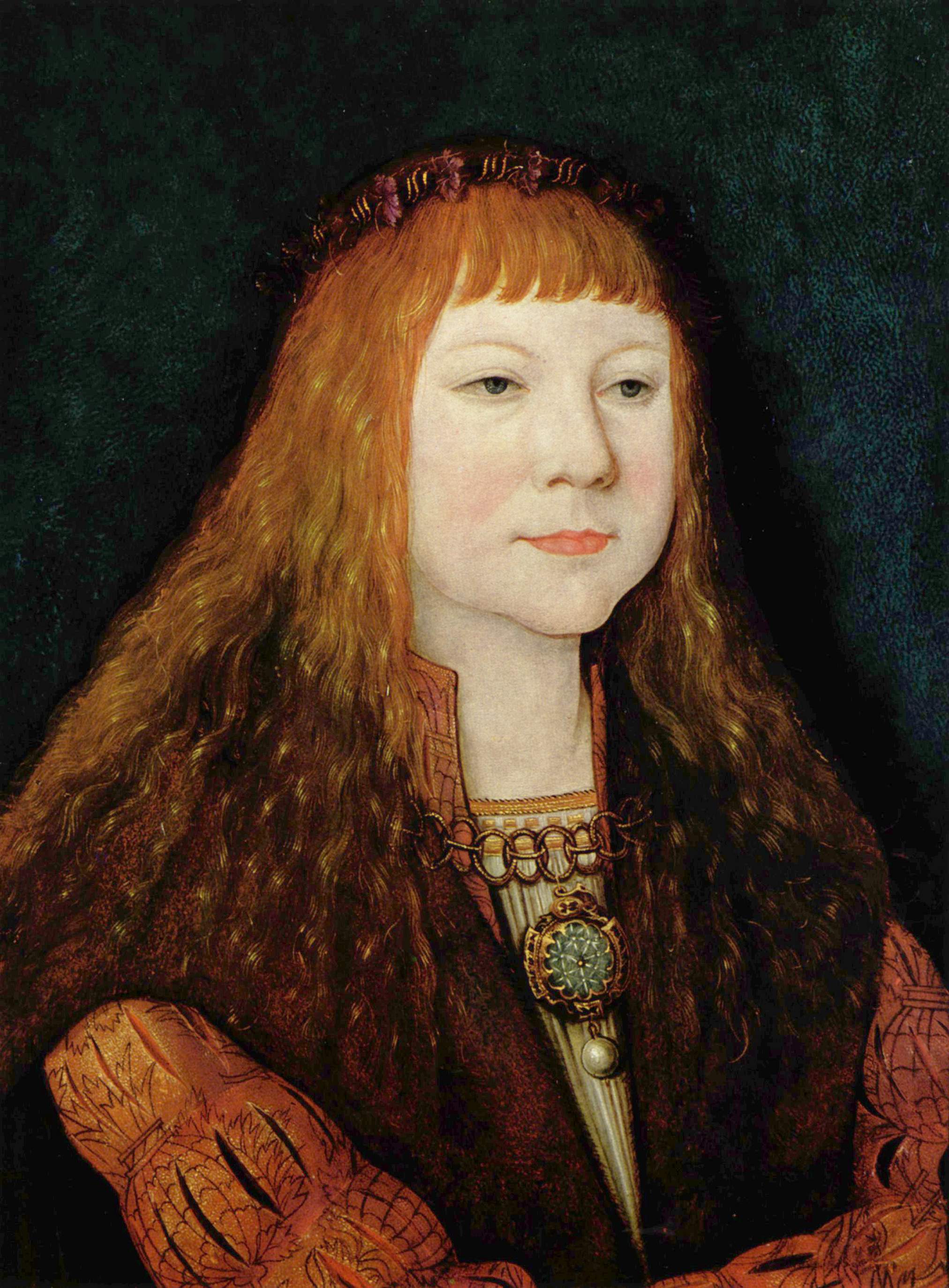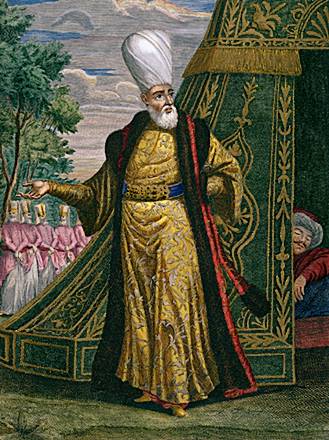|
Zvečaj Fortress
Zvečaj fortress is a ruined castle in Rekavice, Bosnia and Herzegovina. It was a strategically very important fortress in medieval Bosnia. Its ruins can still be found on the southern side of the steep slope in the Vrbas (river), Vrbas canyon. They are located about 10 km upstream from Banja Luka, Banjaluka, or 40 km downstream from Jajce. History and significance Bearing in mind (for construction at that time) the unfavorable configuration of the terrain, Zvečaj was a spacious, irregularly shaped fortress, purposefully integrated into the rocky environment. Its crumbling remains are neglected and decaying. This fortress was located in a very significant position, near the upstream entrance to the Vrbas (river), Vrbas canyon, in the ''Tijesno'' locality (behind Krupa na Vrbasu, Krupa on Vrbas). This is evidenced by the remains of three well-fortified towns: Zvečaj, Bočac and Greben. The entrance to the Vrbasa canyon, on the Banjaluka-Jajce route, is narrow and to ... [...More Info...] [...Related Items...] OR: [Wikipedia] [Google] [Baidu] |
Republic Of Ragusa
The Republic of Ragusa, or the Republic of Dubrovnik, was an maritime republics, aristocratic maritime republic centered on the city of Dubrovnik (''Ragusa'' in Italian and Latin; ''Raguxa'' in Venetian) in South Dalmatia (today in southernmost Croatia) that carried that name from 1358 until 1808. It reached its commercial peak in the 15th and the 16th centuries, before being conquered by Napoleon's First French Empire, French Empire and formally annexed by the Kingdom of Italy (Napoleonic), Napoleonic Kingdom of Italy in 1808. It had a population of about 30,000 people, of whom 5,000 lived within the city walls. Its motto was "'", a Latin phrase which can be translated as "Liberty is not well sold for all the gold". Names Originally named ' (Latin for "Ragusan municipality" or "community"), in the 14th century it was renamed ' (Latin for ''Ragusan Republic''), first mentioned in 1385. It was nevertheless a Republic under its previous name, although its Rector was appointed b ... [...More Info...] [...Related Items...] OR: [Wikipedia] [Google] [Baidu] |
Vizier
A vizier (; ; ) is a high-ranking political advisor or Minister (government), minister in the Near East. The Abbasids, Abbasid caliphs gave the title ''wazir'' to a minister formerly called ''katib'' (secretary), who was at first merely a helper but afterwards became the representative and successor of the ''dapir'' (official scribe or secretary) of the Sasanian Empire, Sassanian kings. In modern usage, the term has been used for government Minister (government), ministers in much of the Middle East and beyond. Several alternative spellings are used in English, such as ''vizir'', ''wazir'', and ''vezir''. Etymology Vizier may be derived from the Arabic ''wazara'' (), from the Semitic root ''W-Z-R''. The word is mentioned in the Quran, where Aaron is described as the ''wazir'' (helper) of Moses, as well as the word ''wizr'' (burden) which is also derived from the same root. It was later adopted as a title, in the form of ''wazīr āl Muḥammad'' () by the proto-Shi'a leaders ... [...More Info...] [...Related Items...] OR: [Wikipedia] [Google] [Baidu] |
Istanbul
Istanbul is the List of largest cities and towns in Turkey, largest city in Turkey, constituting the country's economic, cultural, and historical heart. With Demographics of Istanbul, a population over , it is home to 18% of the Demographics of Turkey, population of Turkey. Istanbul is among the List of European cities by population within city limits, largest cities in Europe and List of cities proper by population, in the world by population. It is a city on two continents; about two-thirds of its population live in Europe and the rest in Asia. Istanbul straddles the Bosphorus—one of the world's busiest waterways—in northwestern Turkey, between the Sea of Marmara and the Black Sea. Its area of is coterminous with Istanbul Province. Istanbul's climate is Mediterranean climate, Mediterranean. The city now known as Istanbul developed to become one of the most significant cities in history. Byzantium was founded on the Sarayburnu promontory by Greek colonisation, Greek col ... [...More Info...] [...Related Items...] OR: [Wikipedia] [Google] [Baidu] |
Austria-Hungary
Austria-Hungary, also referred to as the Austro-Hungarian Empire, the Dual Monarchy or the Habsburg Monarchy, was a multi-national constitutional monarchy in Central Europe#Before World War I, Central Europe between 1867 and 1918. A military and diplomatic alliance, it consisted of two sovereign states with a single monarch who was titled both the Emperor of Austria and the King of Hungary. Austria-Hungary constituted the last phase in the constitutional evolution of the Habsburg monarchy: it was formed with the Austro-Hungarian Compromise of 1867 in the aftermath of the Austro-Prussian War, following wars of independence by Hungary in opposition to Habsburg rule. It was dissolved shortly after Dissolution of Austria-Hungary#Dissolution, Hungary terminated the union with Austria in 1918 at the end of World War 1. One of Europe's major powers, Austria-Hungary was geographically the second-largest country in Europe (after Russian Empire, Russia) and the third-most populous (afte ... [...More Info...] [...Related Items...] OR: [Wikipedia] [Google] [Baidu] |
Ottoman Bosnia And Herzegovina
The Ottoman Empire era of rule in Bosnia (first as a ''sanjak'', then as an ''eyalet'') and Herzegovina (also as a ''sanjak'', then ''eyalet'') lasted from 1463/1482 to 1908. Ottoman conquest The Ottoman conquest of Bosnia and Herzegovina started in 1384, and subsequently the Ottoman invasion expanded into the so-called Bosansko Krajište. The Kingdom of Bosnia finally fell in 1463. Herzegovina fell to the Turks in 1482. It took another century for the western parts of today's Bosnia to succumb to Ottoman attacks. Bosnia continued legally under the royal House of Berislavić, and fell finally in 1527 with the fall of its capital Jajce. The first occupation administration was established that same year. A significant number of Bosnians converted to Islam after the conquest by the Ottoman Empire in the second half of the 15th century, giving it a unique character within the Balkan region. This conversion appears to have been not sudden but a gradual process based on ... [...More Info...] [...Related Items...] OR: [Wikipedia] [Google] [Baidu] |
King Ferdinand I
Ferdinand I (10 March 1503 – 25 July 1564) was Holy Roman Emperor from 1556, King of Bohemia, Hungary, and Croatia from 1526, and Archduke of Austria from 1521 until his death in 1564.Milan Kruhek: Cetin, grad izbornog sabora Kraljevine Hrvatske 1527, Karlovačka Županija, 1997, Karslovac Before his accession as emperor, he ruled the Austrian hereditary lands of the House of Habsburg in the name of his elder brother, Charles V, Holy Roman Emperor Charles V (24 February 1500 – 21 September 1558) was Holy Roman Emperor and Archduke of Austria from 1519 to 1556, King of Spain (as Charles I) from 1516 to 1556, and Lord of the Netherlands as titular Duke of Burgundy (as Charles II) .... Also, he often served as Charles' representative in the Holy Roman Empire and developed encouraging relationships with German princes. In addition, Ferdinand also developed valuable relationships with the German banking house of Jakob Fugger and the Catalan bank, Banca Palenzuela Le ... [...More Info...] [...Related Items...] OR: [Wikipedia] [Google] [Baidu] |
Gazi Husrev Bey
Gazi Husrev Bey (, ''Gāzī Ḫusrev Beğ''; Modern Turkish: ''Gazi Hüsrev Bey''; ; 1484–1541) was an Ottoman Bosnian sanjak-bey (governor) of the Sanjak of Bosnia in 1521–1525, 1526–1534, and 1536–1541. He was known for his successful conquests and campaigns to further Ottoman expansion into Croatia and Hungary. However, his most important legacy was major contribution to the improvement of the structural development of Sarajevo and its urban area. He ordered and financed construction of many important buildings there, and with his will bequeathed all his wealth into endowment for the construction and long-term support of religious and educational facilities and institutions, such as the Gazi Husrev-beg Mosque, and the Gazi Husrev-begova Medresa complex with a Gazi Husrev-beg Library, also known as ''Kuršumlija''. Biography Origin Gazi Husrev-beg was born in Serez, Sanjak of Salonica, Ottoman Empire (today Serres in Greece). His father, Ferhad-beg, was a Bosnian no ... [...More Info...] [...Related Items...] OR: [Wikipedia] [Google] [Baidu] |
Louis II Of Hungary
Louis II (; ; ; ; 1 July 1506 – 29 August 1526) was King of Hungary, King of Croatia, Croatia and King of Bohemia, Bohemia from 1516 to 1526. He died during the Battle of Mohács fighting the Ottoman Empire, Ottomans, whose victory led to the Ottoman Ottoman Hungary, annexation of large parts of Hungary. Early life At his premature birth in Buda on 1 July 1506, the court doctors kept him alive by slaying animals and wrapping him in their warm carcasses as a primitive incubator. He was the only son of Vladislaus II of Hungary, Vladislaus II Jagiellon dynasty, Jagiellon and his third wife, Anne of Foix-Candale. Coronation Vladislaus II took steps to ensure a smooth succession by arranging for the boy to be crowned in his own lifetime; the coronation of Louis as king of Hungary took place on 4 June 1508 in Székesfehérvár Basilica, and his coronation as king of Bohemia was held on 11 March 1509 in St. Vitus Cathedral in Prague. King of Hungary and Croatia In 1515 Louis II w ... [...More Info...] [...Related Items...] OR: [Wikipedia] [Google] [Baidu] |
Matthias Corvinus
Matthias Corvinus (; ; ; ; ; ) was King of Hungary and King of Croatia, Croatia from 1458 to 1490, as Matthias I. He is often given the epithet "the Just". After conducting several military campaigns, he was elected King of Bohemia in 1469 and adopted the title Duke of Austria in 1487. He was the son of John Hunyadi, Regent of Hungary, who died in 1456. In 1457, Matthias was imprisoned along with his older brother, Ladislaus Hunyadi, on the orders of King Ladislaus the Posthumous. Ladislaus Hunyadi was executed, causing a rebellion that forced King Ladislaus to flee Hungary. After the King died unexpectedly, Matthias's uncle Michael Szilágyi persuaded the Estates of the realm, Estates to unanimously proclaim the 14-year-old Matthias as king on 24 January 1458. He began his rule under his uncle's guardianship, but he took effective control of government within two weeks. As king, Matthias waged wars against the Czech mercenaries who dominated Upper Hungary (today parts of Slova ... [...More Info...] [...Related Items...] OR: [Wikipedia] [Google] [Baidu] |
Konstantin Of Ostrovica
The first name Konstantin () is a derivation from the Latin name '' Constantinus'' (Constantine) in some European languages, such as Bulgarian, Russian, Estonian and German. As a Christian given name, it refers to the memory of the Roman emperor Constantine the Great. A number of notable persons in the Byzantine Empire, and (via mediation by the Christian Eastern Orthodox Church) in Russian history and earlier East Slavic history are often referred to by this name. "Konstantin" means "firm, constant". There is a number of variations of the name throughout European cultures: * Константин (Konstantin) in Russian (diminutive Костя/Kostya), Bulgarian (diminutives Косьо/Kosyo, Коце/Kotse) and Serbian * Костянтин (Kostiantyn) in Ukrainian * Канстанцін (Kanstantsin) in Belarusian * Konstantinas in Lithuanian * Konstantīns in Latvian * Konstanty in Polish (diminutive Kostek) * Constantin in Romanian (diminutive Costel), French * Constantin ... [...More Info...] [...Related Items...] OR: [Wikipedia] [Google] [Baidu] |
Janissaries
A janissary (, , ) was a member of the elite infantry units that formed the Ottoman sultan's household troops. They were the first modern standing army, and perhaps the first infantry force in the world to be equipped with firearms, adopted during the reign of Murad II (r. 1421–1444, 1446–1451). The corps was established under either Orhan or Murad I, and dismantled by Mahmud II in 1826. Janissaries began as elite corps made up through the '' devşirme'' system of child levy enslavement, by which indigenous European Christian boys, chiefly from the Balkans, were taken, levied, subjected to forced circumcision and forced conversion to Islam, and incorporated into the Ottoman army. They became famed for internal cohesion cemented by strict discipline and order. Unlike typical slaves, they were paid regular salaries. Forbidden to marry before the age of 40 or engage in trade, their complete loyalty to the Ottoman sultan was expected. By the 17th century, due to a drama ... [...More Info...] [...Related Items...] OR: [Wikipedia] [Google] [Baidu] |






